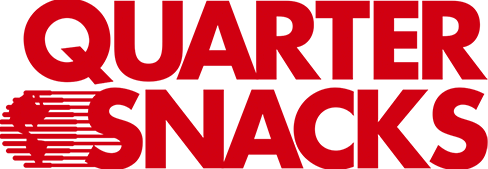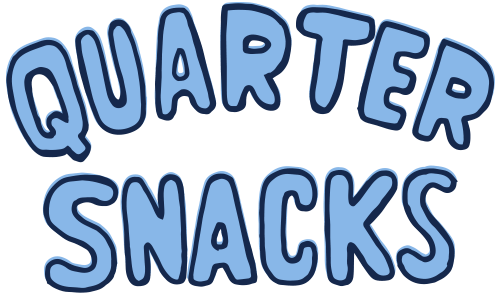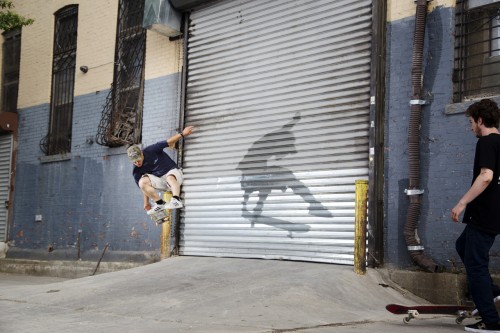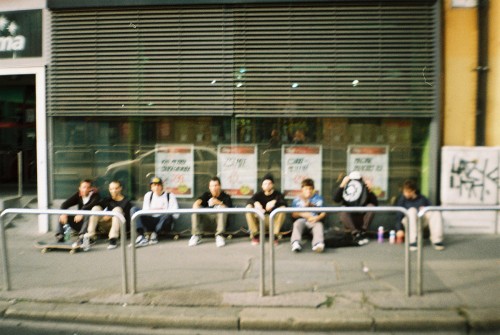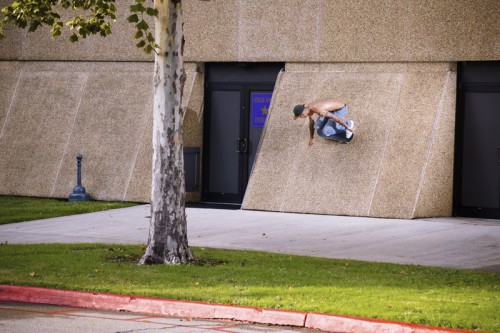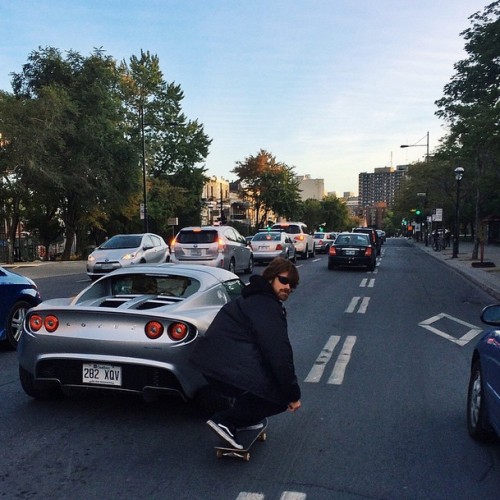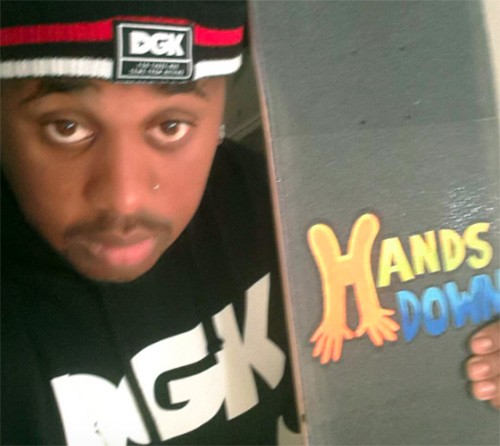
Words and interview by Zach Baker
I’ve recently put off going skateboarding to: eat pho; be hungover; sleep; watch The Waterboy; stare at a screen all day doing nothing; be horny; hit the streets with dreams of sex that result in merely passing out on the subway until seven the next morning. I’m sure you have excuses that are even more legitimate. I bet you work all the time, or your girl likes to day drink and do brunch on weekends. Everyone has excuses and they all stink.
If you’re not familiar with the recent Insta-celebrity of @jscott_handsdown, you’re in for a treat. He has around 10k followers due to his frequent, highly-inspirational posts. Whether it’s in his tiny garage or the rusty local skatepark, he manages to skate more hours a day than even the most unemployable New York skateboarder, while working a schedule more grueling than any legal U.S. citizen’s should be. J. Scott’s motivation is simple and pure: he does it for the love of his family. I caught him one Monday morning as he was getting home from his graveyard shift.
What’s your name, how old are you, and where are you from?
My name is Joseph Scott. I’m from Fort Austin, Texas and I’m 26 years old.
Where do you work?
I work at Exxon Mobil. It’s a local refinery in Beaumont, Texas. I’m a painter, or, I’m what’s called a painter. I sandblast the tanks at the refinery, and any tanks that corrode, we do all the repair work on those.
How long have you been skating?
Four years. I was painting blast at the refinery, and I just happened to get off early one day. I saw a little white kid on a skateboard grinding a rail outside. I was interested and said to myself, “I wanna try this.” I was grocery shopping and saw some fake board, I think it was a Mountain Dew board. I picked it up, rolled on it, and ever since then I’ve had a love and passion for it. I bought the fake board and ever since then, I’ve been skating. That’s all I live for now. Trying to learn tricks is challenging and gives me something to do, and I love it.


